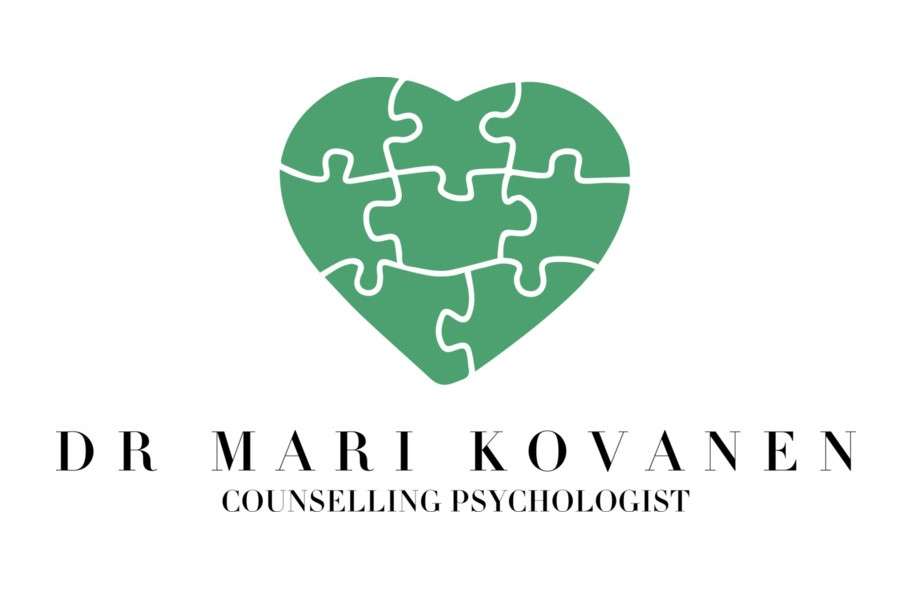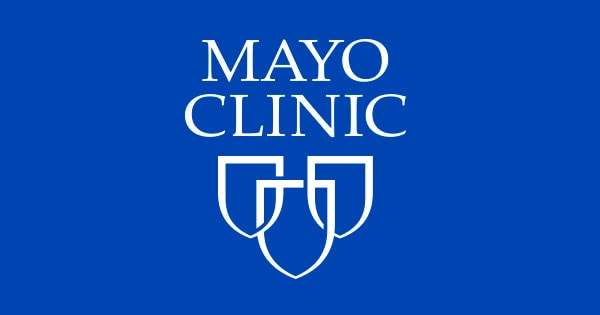You may have complex post-traumatic stress disorder (PTSD) if you have some of the symptoms of PTSD, and also have problems with managing your emotions and having relationships.
Symptoms of complex PTSD
The symptoms of complex PTSD are similar to symptoms of PTSD, but may also include:
- feelings of worthlessness, shame and guilt
- problems controlling your emotions
- finding it hard to feel connected with other people
- relationship problems, like having trouble keeping friends and partners
Causes of complex PTSD
Complex PTSD may be caused by experiencing recurring or long-term traumatic events, for example:
- childhood abuse or neglect
- domestic violence
- sexual abuse
- torture, sex trafficking, or slavery
- war
You may also be more likely to develop complex PTSD if:
- you experienced trauma at a young age
- you were harmed by someone close to you who you trusted
- you were unable to escape the trauma
Treating complex PTSD
If you have complex PTSD, you may be offered therapies used to treat PTSD, such as trauma-focused cognitive behavioural therapy (CBT) or eye movement desensitisation and reprocessing (EMDR).
You’ll also be offered treatment for other problems you may have, such as depression or alcohol addiction.
You should be offered ongoing support after your treatment ends.
The mental health charity Mind has more information about complex PTSD
Childhood trauma can affect us many years later and contribute to feelings of anxiety and/or depression, panic attacks, eating disorders, difficulties in relationships, addictions, burn out, dissociation and other emotional or mental health difficulties. you may feel frightened and perhaps you have never told anyone about your experiences and feel ashamed to talk about it. It can be very hard to trust someone with the information if you have been hurt deeply and your trust has been broken.
How can trauma informed therapy help with childhood trauma?
There are different ways of addressing childhood trauma depending on the level and type of trauma. There are two broad categories of traumatic events:
Small t traumas are an accumulation of negative events or experiences in everyday life such as mother/father wound – attachment trauma or loss of a parent in childhood. In psychotherapy, we can work on initially understanding how these childhood experiences have impacted you in the past and present. I help you to identify how you experienced these as a child and what kind of feelings arise as you now look at the experiences through an adult lens. We identify any struggles you may have with accessing your feelings. We also work on helping you to understand bodily sensations that are accompanied by emotions arising as you talk about your experiences. Essentially you are keeping a foot in the present whilst accessing the feelings of the past. I am currently training in EMDR, which is a NICE recommended trauma treatment model, and I have started using it as part of my practice. EMDR allows processing your trapped emotions and creates new neural pathways. Feelings trapped in your body are released and you build a better connection with your whole being and subsequently increased sense of well-being.
Big T trauma refers to e.g. terrorism, being exposed to combat and war, sexual abuse, significant accidents or a natural disaster. Big T trauma is often accompanied by symptoms of a PTSD such as flashbacks, intrusive thoughts, nightmares, fragmented memory and other experiences of as if you are reliving the traumatic experience in the present time. Not everyone who has experienced this type of events develops PTSD.
Out of the different types of Big T trauma, my specialist interest is in supporting individuals to heal from sexual abuse and/or any other type of sexual trauma. I combine, for example, Compassion Focused Therapy for trauma, Somatic experiencing and parts work (internal family systems). As I am currently undertaking training (Part 2 out of 3 completed) in EMDR (eye movement desensitisation and reprocessing), I also starting to use emdr as a way to reprocess previously trapped feelings.
The therapy starts with psychoeducation on how your brain & body react to trauma at the time of the traumatic event and when being triggered later on. We work on developing coping strategies for your symptoms and bringing your nervous system down (in case of hyperarousal) and stimulating your nervous system in case of hypoarousal. We work on identifying your different parts (like sub-personalies) and understanding how they contribute to your experiences. Often understanding how different parts operate is very helpful in terms of forming a more wholistic view of the internal experiences. We work at your pace and piece by piece process your emotional experiences and increase emotional resources.
The aim of emotional processing is to reduce the power of the emotions linked with your painful experiences and being able to integrate the experiences as part of your life story. Trauma creates a disconnection and the therapeutic interventions are there to join the fragmented experiences together bringing a sense of connection and wholeness to your experience.
General benefits of psychotherapy addressing childhood trauma:
- reduced or diminished anxiety / low mood
- reduced confusion and a greater sense of clarity on what has happened
- a sense of freedom from the emotional pain caused the traumatic events
- improved and deeper emotional connection in relationships
- having healthy boundaries and a sense of being more in charge of one’s life
- increased sense of well-being
- greater sense of connection with your body and those around you
Would you like to start healing from the pain your childhood, and start living wholeheartedly?
When you are ready to start addressing your childhood trauma or emotional neglect, get in touch to organise your FREE 15min telephone consultation. I would love to hear from you and accompany you on your journey of healing from past experiences. This is your time to start living the life you wish to live.
The main treatments for post-traumatic stress disorder (PTSD) are psychological therapies and medicine.
Traumatic events can be very difficult to come to terms with, but confronting your feelings and seeking professional help is often the only way of effectively treating PTSD.
It’s possible for PTSD to be successfully treated many years after the traumatic event or events occurred, which means it’s never too late to seek help.
Assessment
Before having treatment for PTSD, a detailed assessment of your symptoms will be carried out to ensure treatment is tailored to your individual needs. This may be carried out by a GP or specialist.
You can see a GP to start on this process, or you can refer yourself for assessment to a psychological therapy service. You’re likely to be offered treatment if you’ve had symptoms of PTSD for more than 4 weeks or your symptoms are severe.
There are a number of mental health specialists you may see if you have PTSD, such as a psychological therapist, psychologist, community psychiatric nurse or psychiatrist.
Active monitoring
If you have mild symptoms of PTSD, or you’ve had symptoms for less than 4 weeks, an approach called active monitoring may be recommended.
Active monitoring involves carefully monitoring your symptoms to see whether they improve or get worse.
It’s sometimes recommended because 2 in every 3 people who develop problems after a traumatic experience get better within a few weeks without treatment.
If active monitoring is recommended, you should have a follow-up appointment within 1 month.
Psychological therapies
If you have PTSD that requires treatment, psychological therapies are usually recommended first.
A combination of a psychological therapy and medicine may be recommended if you have severe or persistent PTSD.
A GP can refer you to an NHS psychological therapies service (IAPT) or, in some cases, a specialist clinic.
You can also refer yourself directly to an NHS psychological therapies service (IAPT) without a referral from a GP.
Find an NHS psychological therapies service (IAPT)
There are 3 main types of psychological therapies used to treat people with PTSD.
Cognitive behavioural therapy (CBT)
Cognitive behavioural therapy (CBT) is a type of therapy that aims to help you manage problems by changing how you think and act.
Trauma-focused CBT uses a range of psychological techniques to help you come to terms with the traumatic event.
For example, your therapist may ask you to face your traumatic memories by describing aspects of your experience in detail.
During this process, your therapist helps you cope with any distress you feel while identifying any beliefs you have about the experience that may be unhelpful.
Your therapist can help you gain control of your fear and distress by reviewing with you any conclusions you have drawn about your experience (for example, feeling you’re to blame for what happened, or fear that it may happen again).
You may also be encouraged to gradually restart any activities you have avoided since your experience, such as driving a car if you had an accident.
You’ll usually have 8 to 12 weekly sessions of trauma-focused CBT, although fewer may be needed. Sessions usually last for around 60 to 90 minutes.
Find out more about CBT
Eye movement desensitisation and reprocessing (EMDR)
Eye movement desensitisation and reprocessing (EMDR) is a psychological treatment that’s been found to reduce the symptoms of PTSD.
It involves recalling the traumatic incident in detail while making eye movements, usually by following the movement of your therapist’s finger.
Other methods may include the therapist tapping their finger or playing sounds.
It’s not clear exactly how EMDR works, but it may help you change the negative way you think about a traumatic experience.
Support and advice
There are a number of charities that provide peer support and advice for PTSD.
For example:
- Combat Stress – a military charity specialising in helping ex-servicemen and women
- Rape Crisis – a UK charity providing a range of services for women and girls who have experienced abuse, domestic violence and sexual assault
- Victim Support – providing support and information to victims or witnesses of crime
- CRUSE – a UK charity providing support and information for people who have experienced bereavement
Medicine
The 2 medicines recommended to treat PTSD in adults are paroxetine and sertraline.
Paroxetine and sertraline are both a type of antidepressant known as selective serotonin reuptake inhibitors (SSRIs).
These medicines will only be used if:
- you choose not to have trauma-focused psychological treatment
- psychological treatment would not be effective because there’s an ongoing threat of further trauma (such as domestic violence)
- you have gained little or no benefit from a course of trauma-focused psychological treatment
- you have an underlying medical condition, such as severe depression, that significantly affects your ability to benefit from psychological treatment
Sometimes other antidepressants, such as venlafaxine, may be prescribed, but they are not licensed to treat PTSD.
These medicines are not usually prescribed for people younger than 18 unless recommended by a specialist.
If medicine for PTSD is effective, it’ll usually be continued for a minimum of 12 months before being gradually withdrawn over the course of 4 weeks or longer.
If a medicine is not effective at reducing your symptoms, your dosage may be increased.
Before prescribing a medicine, your doctor should inform you about possible side effects you may have while taking it, along with any possible withdrawal symptoms when the medicine is withdrawn.
For example, common side effects of paroxetine include feeling sick, blurred vision, constipation and diarrhoea.
Possible withdrawal symptoms associated with paroxetine include sleep disturbances, intense dreams, anxiety and irritability.
Withdrawal symptoms are less likely if the medicine is reduced slowly.
Children and young people
Trauma-focused CBT is usually recommended for children and young people with PTSD.
This normally involves a course of 6 to 12 sessions that have been adapted to suit the child’s age, circumstances and level of development.
Where appropriate, treatment includes consulting with and involving the child’s family.
Children who do not respond to trauma-focused CBT may be offered EMDR.
PTSD and driving
Post-traumatic stress disorder (PTSD) may affect your ability to drive safely. Ask your GP whether you should inform the Driver and Vehicle Licensing Agency (DVLA) about your condition.
Visit GOV.UK for more information on PTSD and driving




